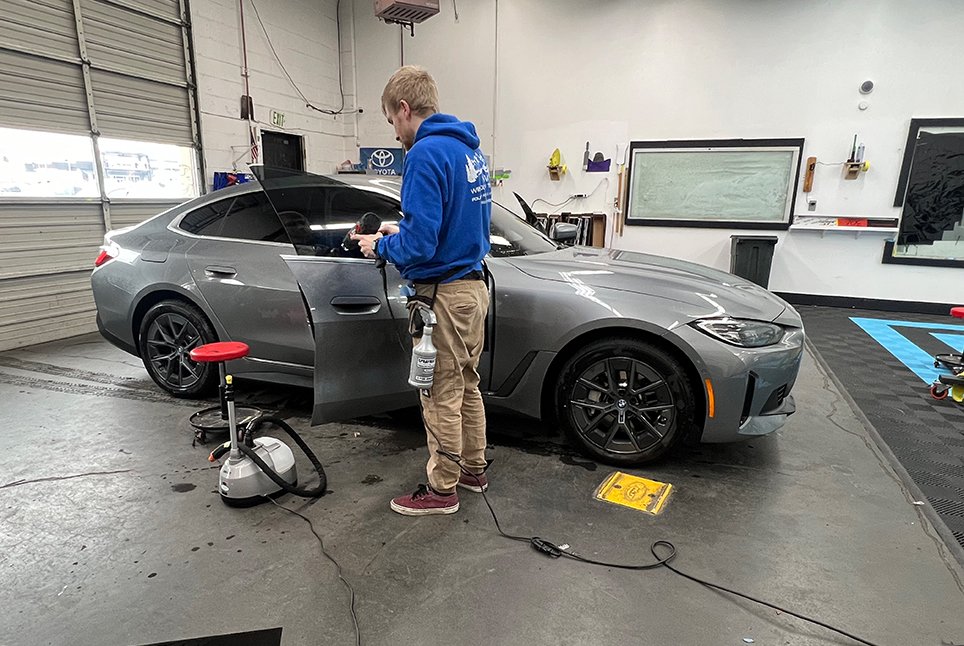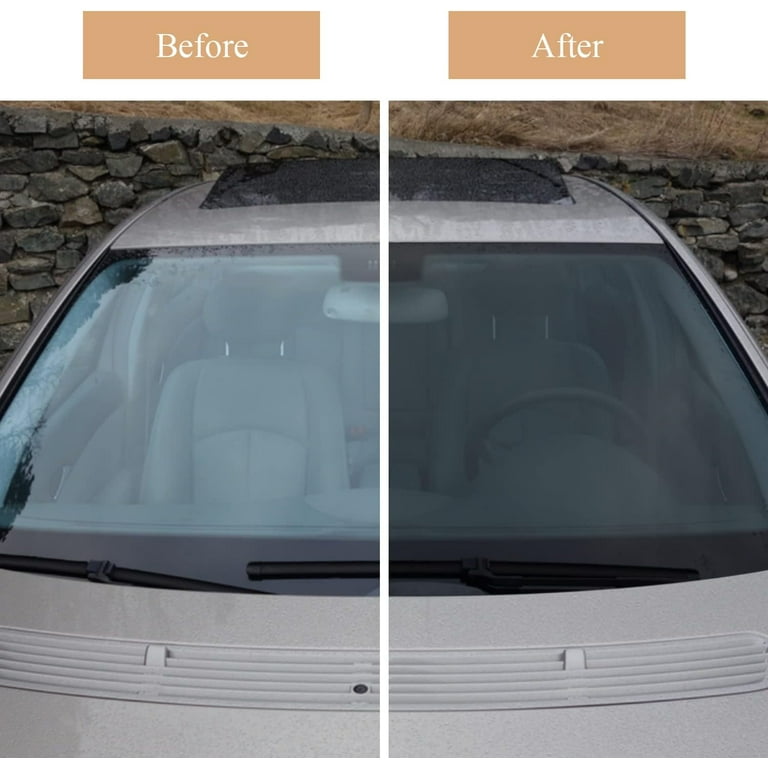Window Tinting Rules and Guidelines: What You Required to Know Before Tinting Your Automobile
Prior to waging window tinting for your car, it is important to familiarize on your own with the varied laws and standards that regulate this practice across various states. These policies determine the permitted levels of color darkness, usually determined by noticeable light transmission (VLT) percents, and consist of specific terms for front windshields aimed at making certain road safety and security. In addition, specific jurisdictions might provide clinical exceptions for people with qualifying conditions. Understanding these intricacies can save you from prospective legal implications, but what are the particular regulations in your state?
Introduction of Window Tinting Regulations
Window tinting regulations are often subject to variation throughout different territories, mirroring neighborhood regulations and safety and security factors to consider. These regulations dictate the permitted degrees of color darkness and reflectiveness on car windows, making certain that motorists preserve ample exposure while likewise securing against harmful UV rays and warm.
The majority of guidelines classify home window tinting based upon the Visible Light Transmission (VLT) percent, which shows the quantity of light that can go through the home window. Usually, reduced VLT percents indicate darker colors. Legislations frequently distinguish between the front, side, and back home windows, with more stringent restrictions related to the front windscreen to enhance security for both the driver and various other roadway users.
Additionally, some jurisdictions impose constraints on the reflectivity of the tint, avoiding extreme glare that can impair exposure. Exceptions to these legislations might exist for individuals with certain medical conditions needing additional sunlight protection. Compliance with home window tinting regulations is critical, as violations can result in penalties, compulsory elimination of the tint, and prospective boosts in insurance costs. For that reason, it is essential for automobile owners to acquaint themselves with neighborhood regulations before waging home window tinting installations.
State-by-State Color Laws
Understanding the particular home window tinting laws in each state is important for automobile owners seeking to follow the legislation. Each state in the U.S. has established its very own set of regulations governing home window tinting, which can vary dramatically. These guidelines frequently determine the permitted degrees of color darkness, the kinds of home windows that can be tinted, and any type of medical exceptions that might use.
As an example, states like California have rigorous restrictions on color darkness for front windows, while others, such as New Mexico, might enable darker tints. In addition, certain states mandate details exposure percentages for various home windows, consisting of the windscreen, front side home windows, and rear home windows. It is essential for cars and truck owners to acquaint themselves with their state's laws to stay clear of potential fines or charges.
Furthermore, some states might need a certification sticker label to be positioned on colored home windows, suggesting conformity with state regulations. Failing to abide by these policies not just runs the risk of lawful effects however can also influence security and exposure while driving. Lorry proprietors ought to carry out extensive research or get in touch with local authorities to guarantee full understanding and compliance with state-by-state tint guidelines.
Allowed Tint Types and degrees
Many automobile proprietors may be stunned to learn that allowed tint levels and types vary extensively across various states. Each state has actually established its very own regulations relating to the acceptable darkness and reflectivity of home window tint, frequently determined by Visible Light Transmission (VLT) percents. VLT describes the quantity of light that can travel through the tinted home windows; useful content therefore, a lower percent suggests a darker tint.

In addition, the sorts of tint materials enabled can vary, with some states banning mirror-like or metallic coatings. It is vital for car proprietors to familiarize themselves with their state's certain laws to ensure compliance. Non-compliance can cause penalties, mandatory removal of the color, or various other legal repercussions, making it essential to understand these regulations before proceeding with installation.
Medical Exemptions for Tinting
While not all states offer allowances for clinical exemptions pertaining to window tinting, those that do acknowledge the requirement for certain people to enhance visibility and convenience due to clinical problems. Different medical problems, such as lupus, skin cancer cells, and certain eye conditions, can provide people particularly delicate to sunshine. These individuals might require darker colors to shield themselves from unsafe UV rays and glow.

It is necessary to keep in mind that despite a medical exemption, there might still be limitations on the degree of tint allowed. Compliance with state legislations guarantees that people are both secured and within lawful limits. Those thinking about clinical exceptions must contact their local Division of Motor Automobiles or equal authority to recognize the demands and procedures necessary to look for an exemption effectively.
Penalties for Non-Compliance
Failing to follow window tinting legislations can cause considerable charges, which differ by state. Police are empowered to provide citations for lorries that do not abide by the defined tinting laws. These fines commonly consist of fines, which can vary from moderate quantities to numerous hundred bucks, depending on the seriousness of the infraction and the state concerned.
In some territories, duplicated offenses might cause escalating penalties or look at this web-site additional penalties, such as mandatory court appearances. Non-compliance may necessitate the removal of prohibited tinting, typically at the owner's cost. In severe situations, habitual culprits might encounter suspension of their car registration up until conformity is achieved.
Additionally, insurance coverage ramifications may emerge from getting numerous citations for home window color infractions. Insurance providers may check out such infractions as an indicator of riskier actions, potentially leading to enhanced costs or trouble in insurance coverage.
To stay clear of these charges, it is important for automobile owners to familiarize themselves with their regional window tinting legislations and make sure that their lorry complies (Window Tinting). This positive technique not just stays clear of lawful ramifications but additionally promotes roadway security
Verdict

The majority of laws classify home window tinting based on the Visible Light Transmission (VLT) percent, which suggests the quantity of light that can pass through the home window. Conformity with home window tinting guidelines is vital, as violations can result in fines, mandatory removal of the color, and potential rises in insurance policy premiums.Recognizing the specific window tinting policies in each state is essential for lorry owners looking for to comply with the regulation. These laws usually dictate the permitted levels of tint darkness, the kinds of windows that can be tinted, and any type of clinical exemptions that may use.
For circumstances, states like The golden state have rigorous limitations on tint darkness for front windows, while others, such as New Mexico, might enable darker tints.
Comments on “Automobile Window Tinting: Boost Your Auto's Design and Privacy”